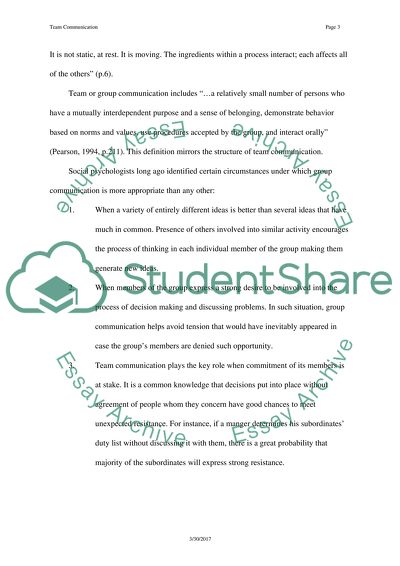Cite this document
(“Social Psychology And The Process Of Interpersonal Communication Essay”, n.d.)
Social Psychology And The Process Of Interpersonal Communication Essay. Retrieved from https://studentshare.org/sociology/1516732-team-communication-essay
Social Psychology And The Process Of Interpersonal Communication Essay. Retrieved from https://studentshare.org/sociology/1516732-team-communication-essay
(Social Psychology And The Process Of Interpersonal Communication Essay)
Social Psychology And The Process Of Interpersonal Communication Essay. https://studentshare.org/sociology/1516732-team-communication-essay.
Social Psychology And The Process Of Interpersonal Communication Essay. https://studentshare.org/sociology/1516732-team-communication-essay.
“Social Psychology And The Process Of Interpersonal Communication Essay”, n.d. https://studentshare.org/sociology/1516732-team-communication-essay.


